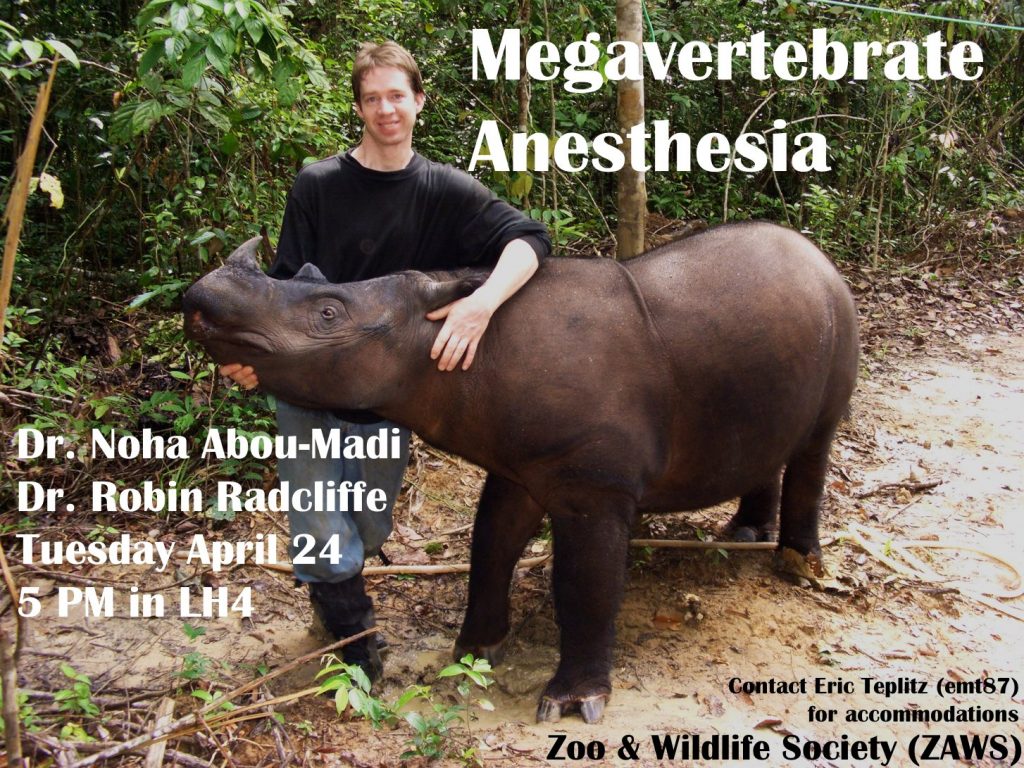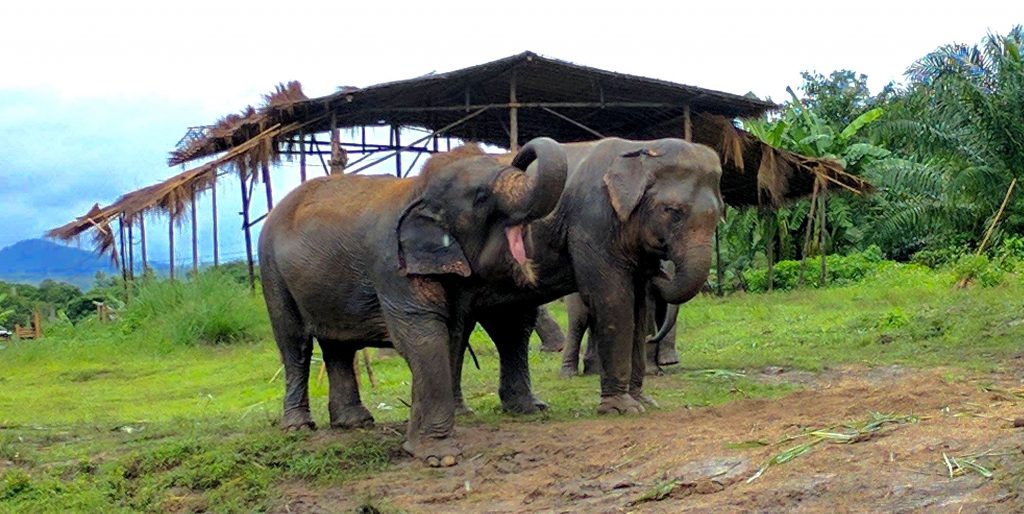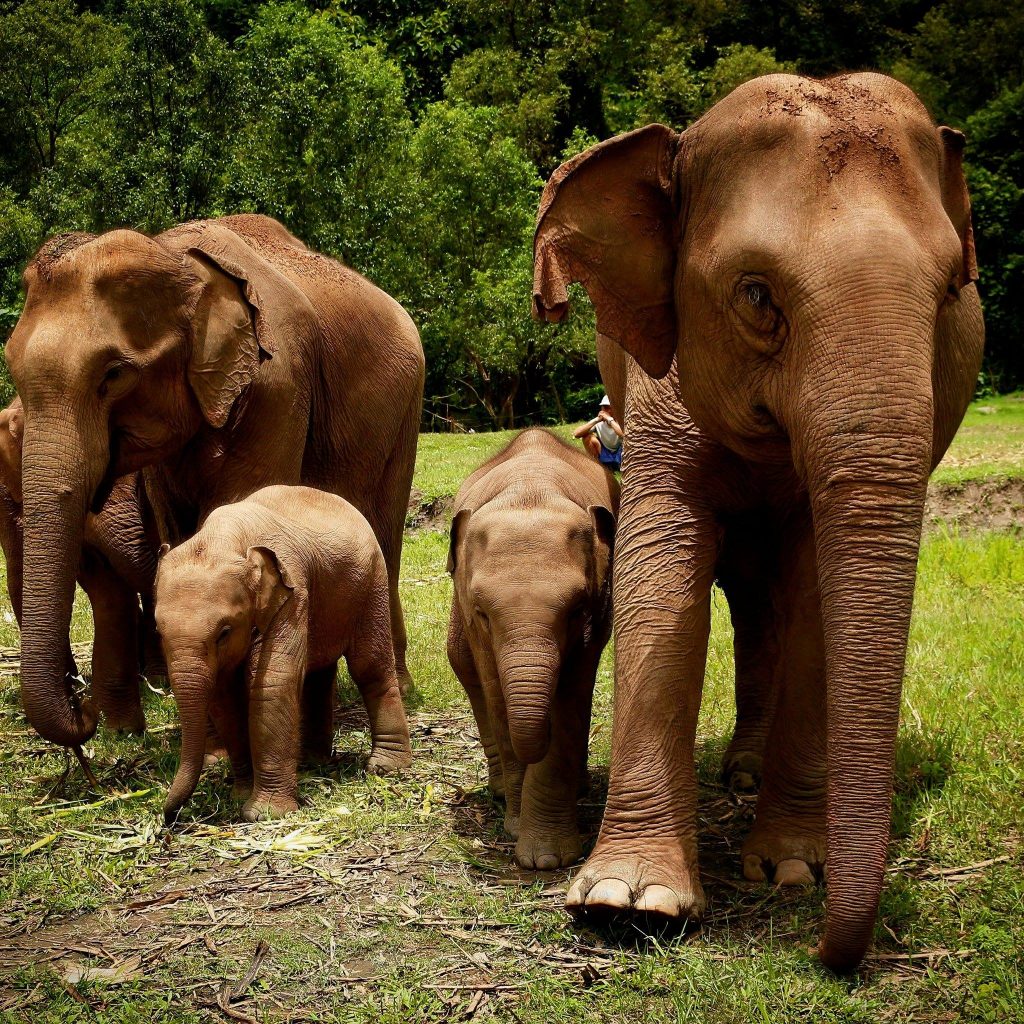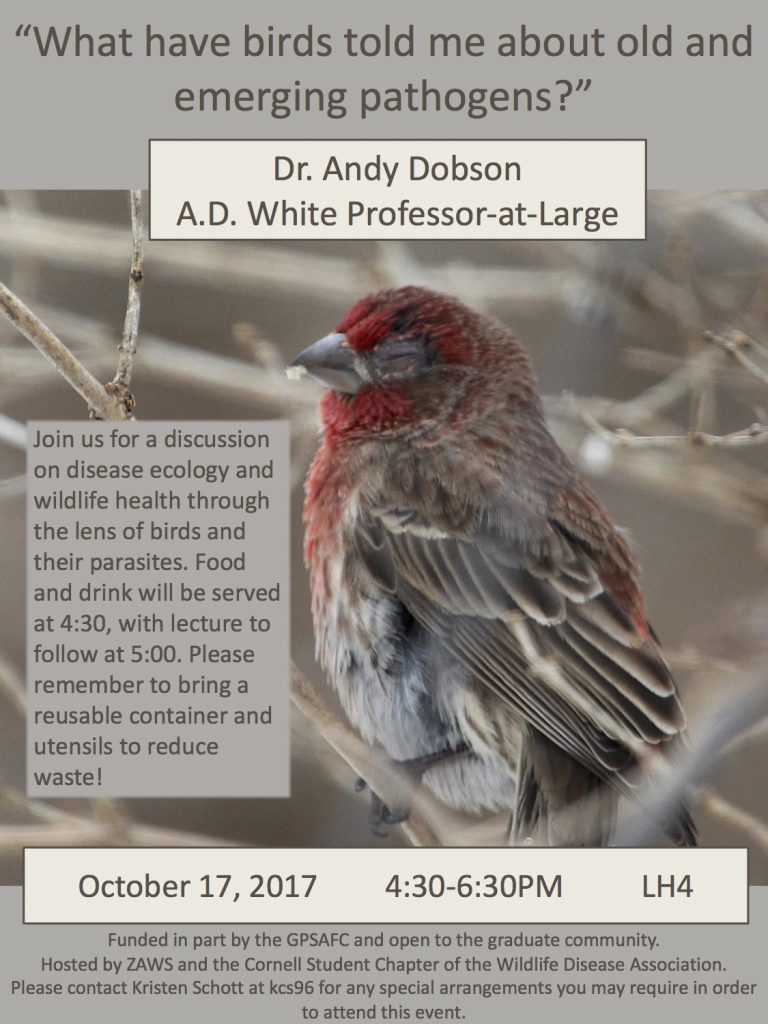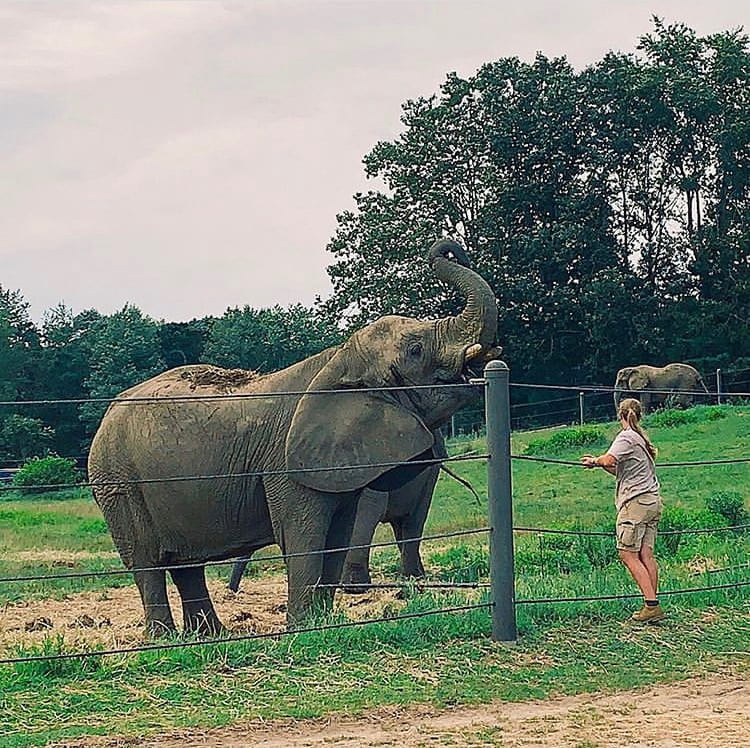 Why did you choose to pursue this particular experience?
Why did you choose to pursue this particular experience?
In the summer of 2020, I began working at Six Flags Great Adventure Wild Safari in Jackson, NJ, as a seasonal warden focusing specifically on the husbandry of various species in the safari park. The following summer, I participated in a pre-veterinary internship. Since entering vet school, I have continued to return home to the safari on holiday breaks. It felt only right that my last summer, prior to entering clinics, be spent at the place that has helped me discover my passion for zoological medicine and continues to challenge me to improve in the clinical skills, diagnostics techniques, and treatment methods involved in the field.
What was a typical day like?
While participating in the veterinary internship, I was mainly responsible for the care of the animals that resided in the clinic and assisting the veterinary staff with procedures and treatments. A typical day began with bottle feeding and treating animals in the clinic followed by accompanying one of the vets on morning rounds of the park. After we rode through the safari, following up on patients and observing all the species within the park, each day was variable. This is the aspect of zoo medicine that has always been so appealing to me! Some days were booked with planned procedures and check-ins on species of all shapes and sizes. Others would start off calmly and the course of the day would change abruptly with reports of concerns out in the safari. Throughout the day, I would keep track of neonatal feeding schedules and monitoring critical cases that were in the clinic. I also played a role in teaching the pre-veterinary interns that were rotating through the clinic anatomic and physiologic concepts that will hopefully prepare them for their future goals of veterinary school. No matter which path the day took, each day would end with another drive through the safari and watching the elephants walk back to the barn.

What was your favorite memory from this experience?
Each time I return to the safari, I love seeing animals that were hand-reared or patients in the clinic, doing well on exhibit. In the early winter of 2021, a young Roosevelt Elk was brought into the clinic with a severe infection in her hoof. While there for winter break, I had the opportunity to help hand-rear the elk and assist with chemical immobilizations, bandage changes, and radiographs of her distal limb. After a lengthy period of treatment, her condition began to improve. When returning this summer, I was excited to see how well she was doing as she began her reintroduction phase with other species in the American Section!
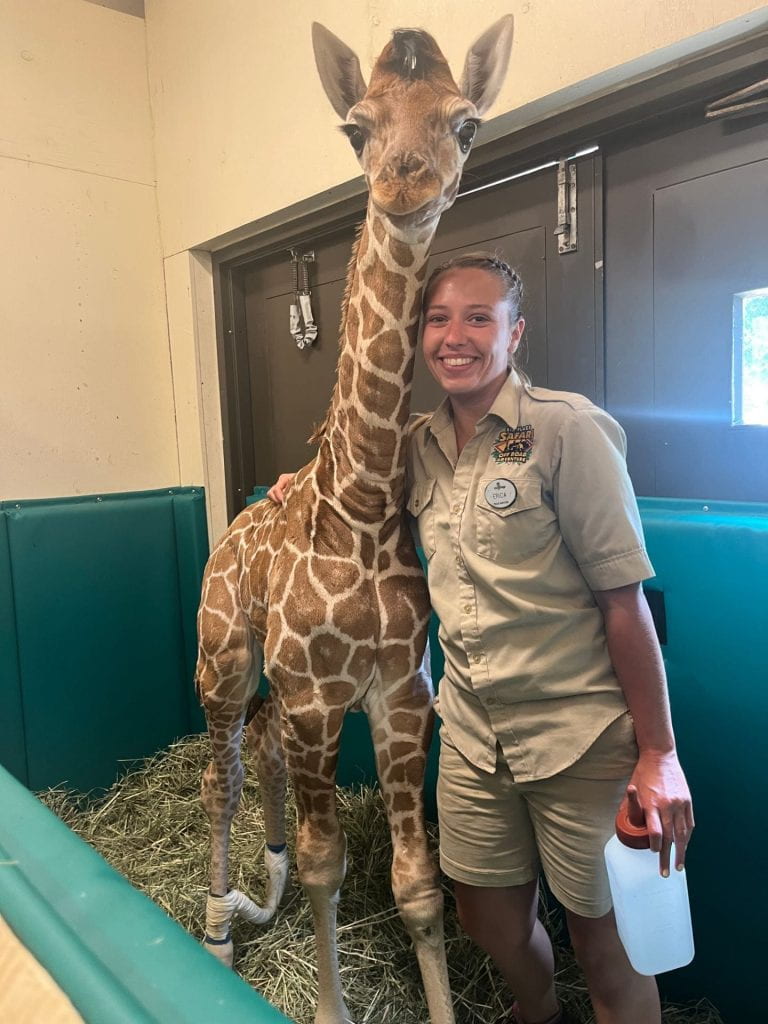 What species did you enjoy working with the most?
What species did you enjoy working with the most?
Nothing could top the giraffe calves born this summer! One in particular, Chich, was by far my favorite as I had the privilege of caring for the not–so-little-guy in the clinic. Being born at roughly 200lbs, Chich was having difficulty standing on his own, and needed additional care to help him get back on his feet!
What were the outcomes of this experience?
Through interning in the safari, I have become more confident in all aspects of veterinary medicine. I developed essential clinical skills like venipuncture and injection administration, while also expanding upon skills, like darting, are more specific to zoo medicine. Improving upon evaluating diagnostics, specifically interpreting radiographs and blood work, was a goal I set for myself this summer, and through the guidance of my mentors I feel like I have made strides towards achieving that. The most valuable veterinary skill I feel I improved upon was my critical thinking, as my thoughts on every aspect of a case were always prompted before the next steps were pursued. This improved not only my thought process surrounding the pharmacology of chemical immobilization and treatment of disease immensely, but also allowed me to step back and consider factors like herd dynamics when it came to the methods that would be used for diagnostics and treatment. Overall, building the trust of my mentors to be more involved in the cases within safari, teaching the pre-veterinary interns, and beginning to write medical records, was a result of this internship that I was beyond grateful for.
What are your goals in veterinary medicine?
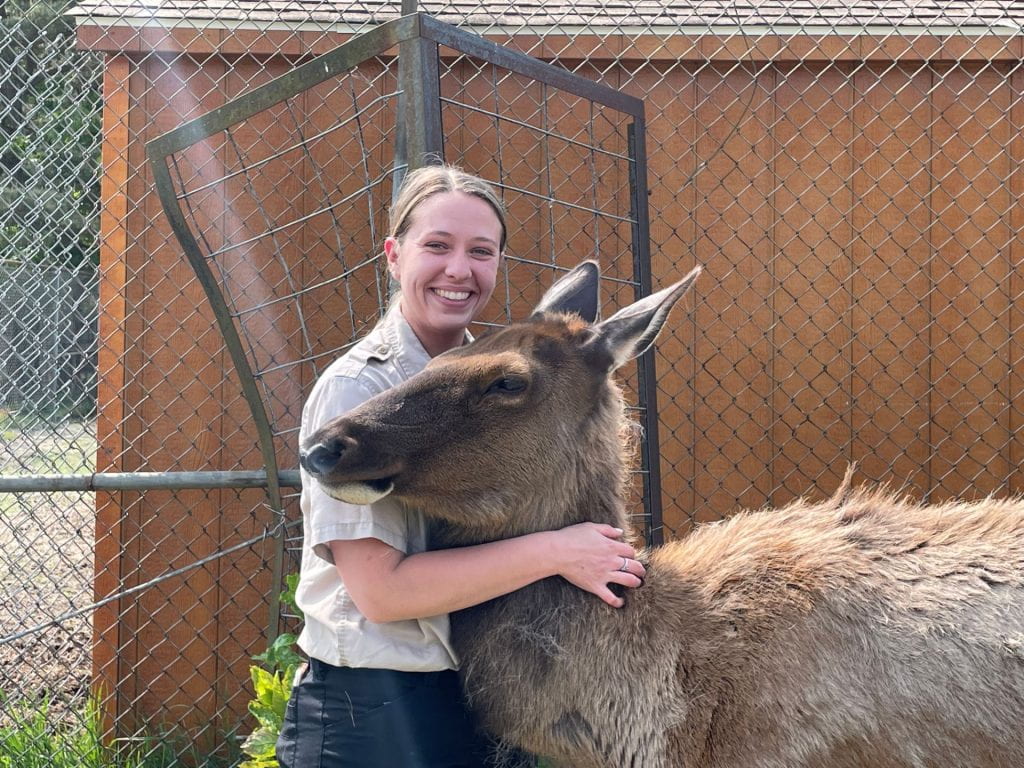
With ambitions to become a zoo veterinarian, this opportunity allowed me to experience what every day could look like within a zoo. After being exposed to field medicine in the safari setting, it has fine-tuned my goals to aspire to work in a safari setting. Intercommunication between a number of species over a vast landscape creates a whole different aspect of veterinary medicine that is scarcely found anywhere else. One must incorporat
e multi-herd dynamics, population medicine, and focus on the individual animal all under one umbrella, which excites me. With so many different paths open to pursue in veterinary medicine, being passionate about what you are doing and genuinely happy in a position is something that should never be compromised. After this internship, I have cemented that zoo medicine is where I am meant to be, and where I hope to find myself in the future.
What are your recommendations to students interested in the wildlife/zoo field?
I would advise those interested in the wildlife/zoo field to take advantage of every opportunity that comes your way because you never know what doors that experience may open for you. Enter every new experience with an open mind and this will allow you to take away the most you can from each. Once you find what makes you happy, work hard and find a strong support system that you can rely on to help you remember why you love doing what you are doing if times get tough.

Erica Jackson, Class of 2025, is originally from Toms River, NJ and obtained her BS in Pre-Veterinary Medicine at the University of Massachusetts Amherst. While at Cornell, Erica was the President of the Zoo and Wildlife Society and a student technician in the Exotics Department of the CUHA. She also was a member of SAVMA, AABP, and enjoyed choreographing and dancing in the Dance Collective. Erica aspires to pursue zoological medicine in the future and is very appreciative of her mentors and advisor for helping her develop as a veterinary student and professional.

